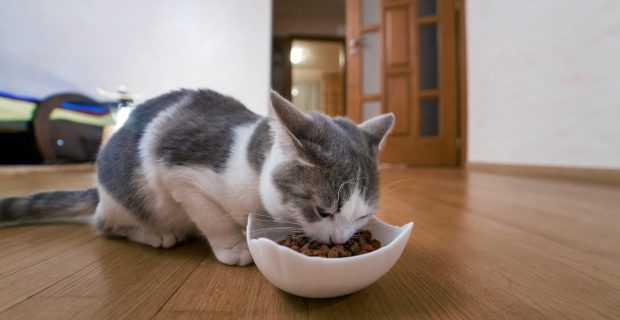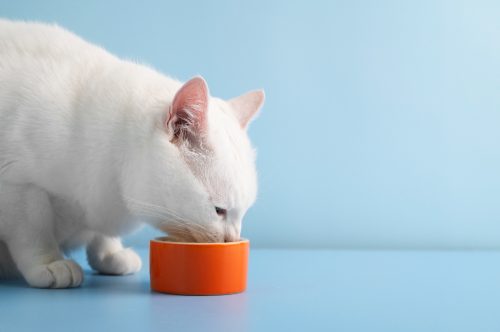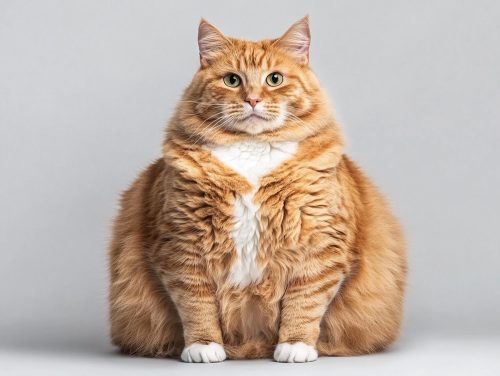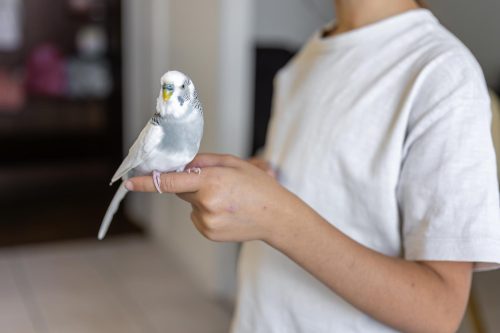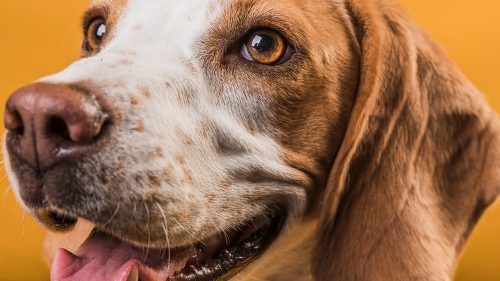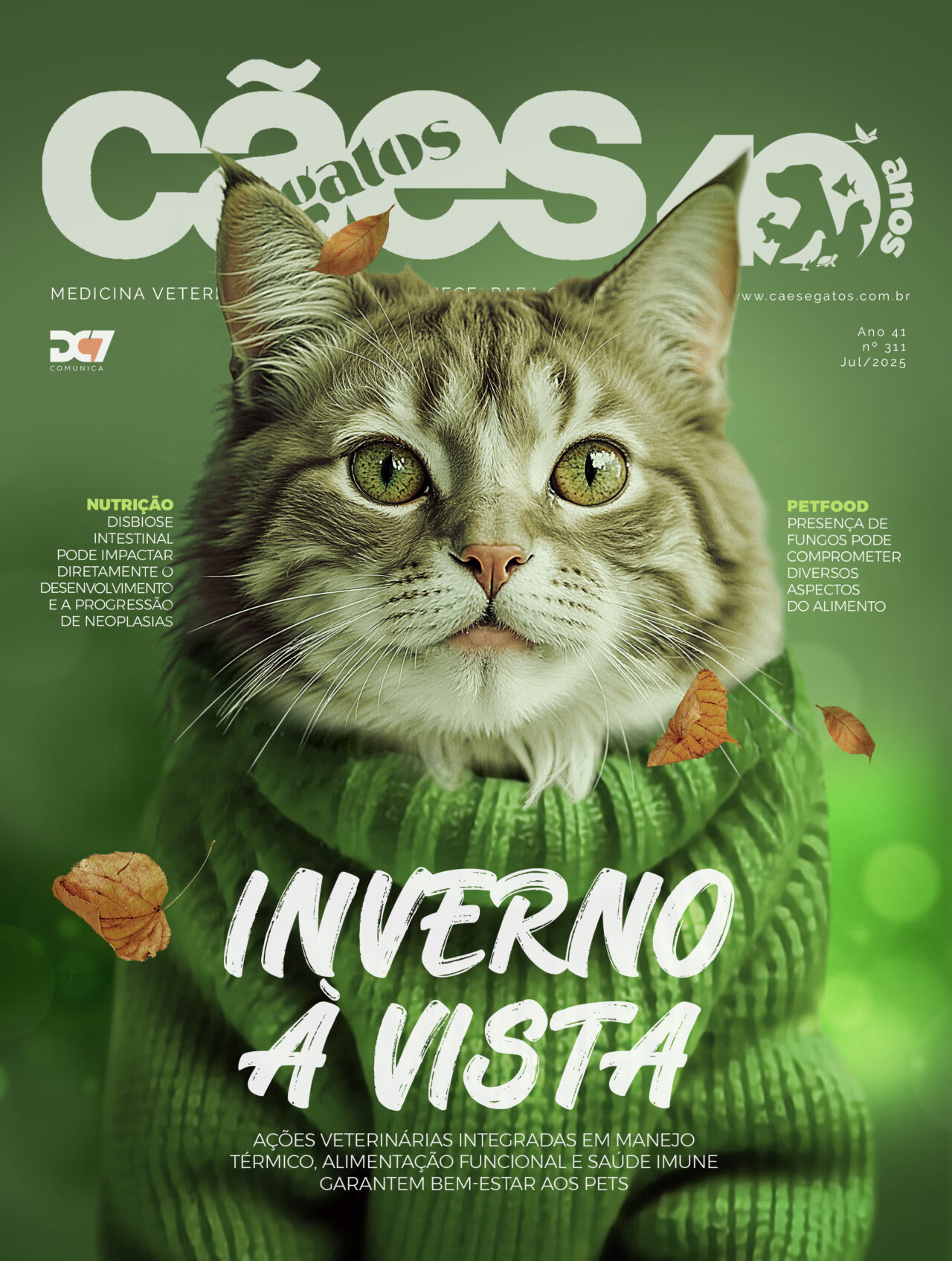Nos últimos anos, estudos sobre o comportamento alimentar dos felinos domésticos têm revelado a complexidade por trás de suas preferências e hábitos alimentares. Gatos, por natureza, são animais carnívoros que necessitam de uma dieta altamente específica, rica em proteínas e outros nutrientes essenciais para sua saúde e bem-estar. No entanto, o ambiente em que vivem desempenha um papel fundamental em sua alimentação, pois influencia diretamente suas escolhas alimentares, padrões de comportamento e até condições de saúde1,2,3. Segundo Ellis e colaboradores (2013)2 são preconizados 5 pilares para garantir um ambiente saudável para os felinos:
1: Promover um espaço seguro;
2: Fornecer os recursos essenciais e mantê-los separados entre si: áreas para alimentação, hidratação, necessidades fisiológicas, arranhadura, brincadeiras e locais para descanso;
3: Oportunidade de manter o comportamento de caça;
4: Interação humano-animal positiva, consistente e rotineira;
5: Estimular o senso olfatório e, se necessário, utilizar feromônios.
Leia o artigo completo na edição de novembro da revista Cães e Gatos
Referências
- HORWITZ, D.; SOULARD, Y.; JUNIEN-CASTAGNA A. The feeding behavior of the cat. In: Encyclopedia of Feline Nutrition. Aimargues, Royal Canin; p. 439-474, 2008.
- STELLA, J.; CRONEY, C.; BUFFINGTON, T. Effects of stressors on the behavior and physiology of domestic cats. Applied animal behaviour science, v. 143, n. 2-4, p. 157-163, 2013.
- STELLA, J. L.; LORD, L. K.; BUFFINGTON, C.A. T.. Sickness behaviors in response to unusual external events in healthy cats and cats with feline interstitial cystitis. Journal of the American Veterinary Medical Association, v. 238, n. 1, p. 67-73, 2011.
- ELLIS, S. L. H. et al. AAFP and ISFM feline environmental needs guidelines. Journal of feline medicine and surgery, v. 15, n. 3, p. 219-230, 2013.
- BUFFINGTON, T.; CHEW, D. J. Management of non-obstructive idiopathic/interstitial cystitis in cats. In: BSAVA manual of canine and feline nephrology and urology. BSAVA Library, 2017. p. 317-327.
- WESTROPP, J. L.; DELGADO, M.; BUFFINGTON, C. A. T. Chronic lower urinary tract signs in cats: current understanding of pathophysiology and management. Veterinary Clinics: Small Animal Practice, v. 49, n. 2, p. 187-209, 2019.
- FINSTAD, J. B.; ROZANSKI, E. A.; COOPER, E. S. Association between the COVID-19 global pandemic and the prevalence of cats presenting with urethral obstruction at two university veterinary emergency rooms. Journal of Feline Medicine and Surgery, v. 25, n. 2, p. 1-6, 2023.
- CENTER, S. A. Feline hepatic lipidosis. Veterinary Clinics: Small Animal Practice, v. 35, n. 1, p. 225-269, 2005.
- IKEDA, Y. et al. Feline Interstitial cystitis enhances mucosa-dependent contractile responses to serotonin. International neurourology journal, v. 22, n. 4, p. 246, 2018.
- LANDSBERG, G. et al. Therapeutic effects of an alpha-casozepine and L-tryptophan supplemented diet on fear and anxiety in the cat. Journal of Feline Medicine & Surgery, v. 19, n. 6, p. 594-602, 2017.
- BEATA, C. et al. Effect of alpha-casozepine (Zylkene) on anxiety in cats. Journal of Veterinary Behavior, v. 2, n. 2, p. 40-46, 2007.
- MIYAJI, K. et al. Experimental verification of the effects on normal domestic cats by feeding prescription diet for decreasing stress. Journal of Applied Animal Welfare Science, v. 18, n. 4, p. 355-362, 2015.
- PAN, Yuanlong et al. Cognitive enhancement in middle-aged and old cats with dietary supplementation with a nutrient blend containing fish oil, B vitamins, antioxidants and arginine. British journal of nutrition, v. 110, n. 1, p. 40-49, 2013.
- KRUGER, J. M. et al. Comparison of foods with differing nutritional profiles for long-term management of acute nonobstructive idiopathic cystitis in cats. Journal of the American Veterinary Medical Association, v. 247, n. 5, p. 508-512, 2015.
- FAN, Z. et al. Dietary strategies for relieving stress in pet dogs and cats. Antioxidants, v. 12, n. 3, p. 545, 2023.
- SALAUN, F. et al. Impact of macronutrient composition and palatability in wet diets on food selection in cats. Journal of animal physiology and animal nutrition, v. 101, n. 2, p. 320-328, 2017.
- EYRE, R. et al. Aging cats prefer warm food. Journal of Veterinary Behavior, v. 47, p. 86-92, 2022.
